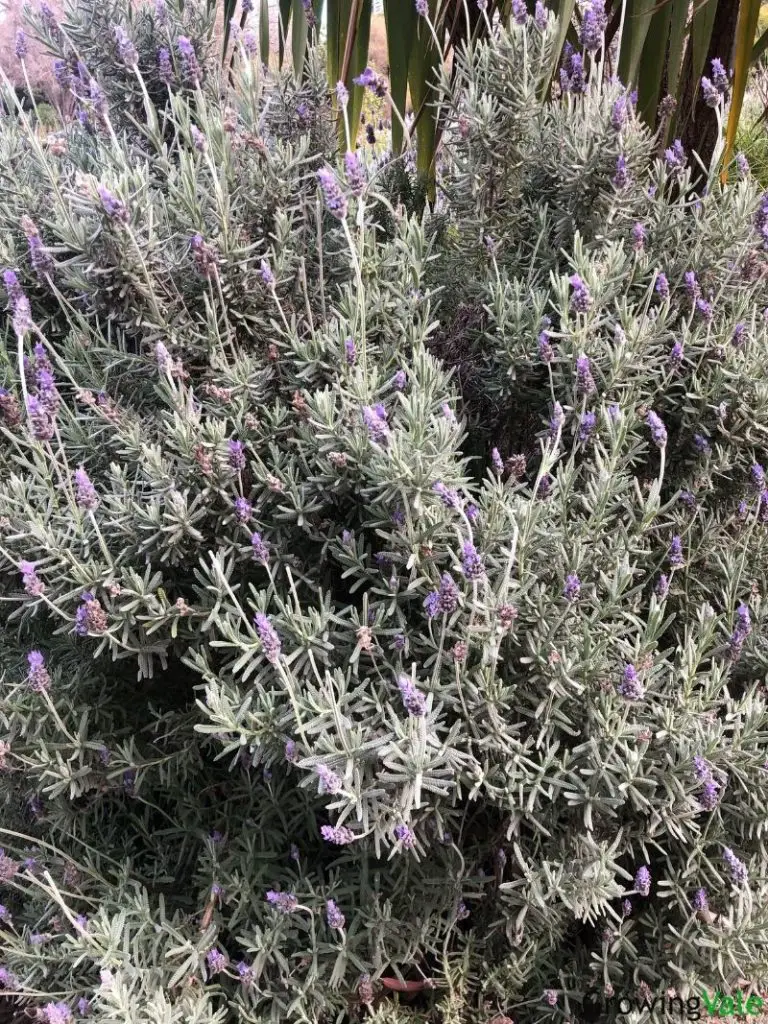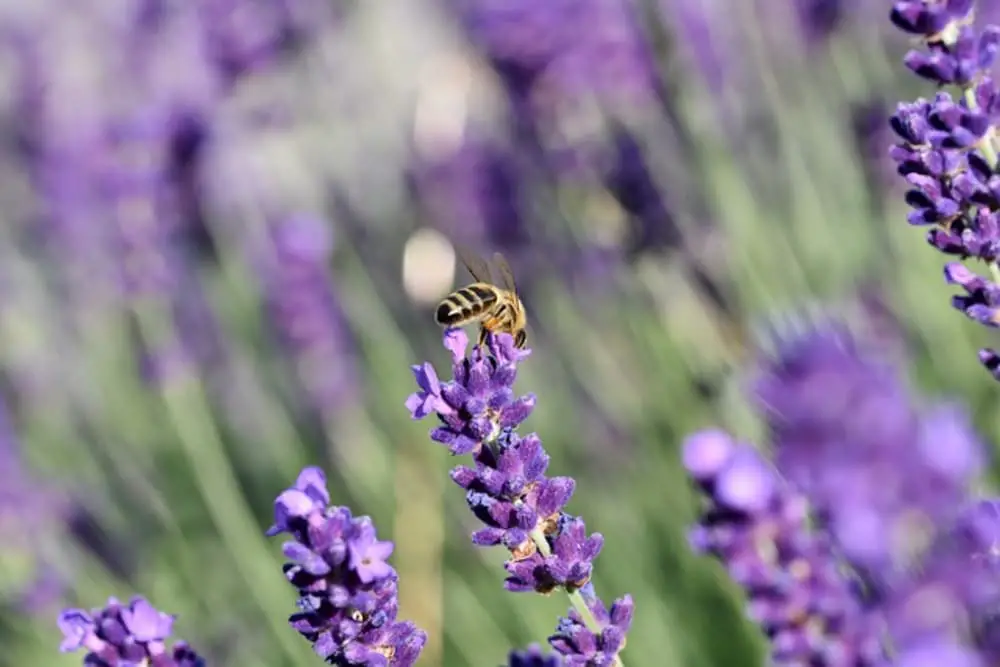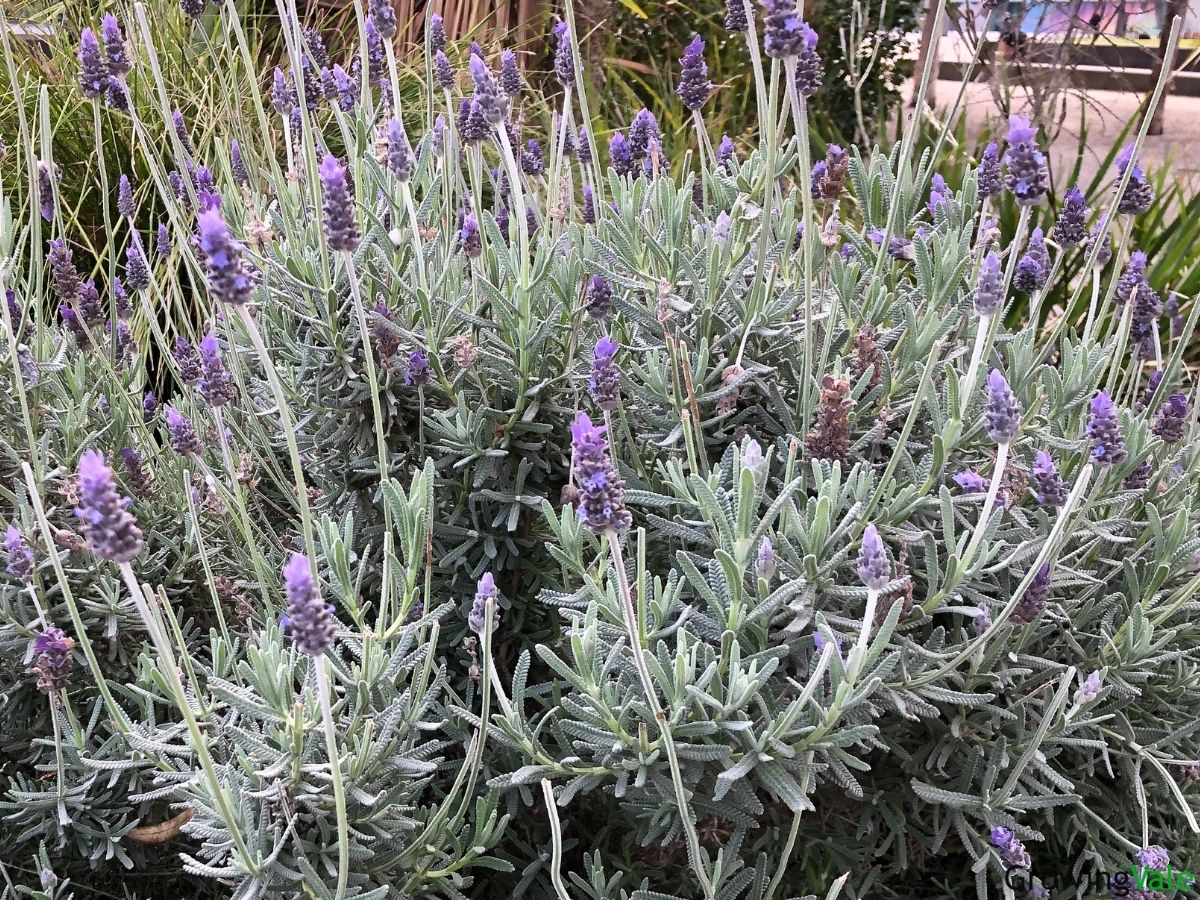Now, now there – this is not the lavender color that falls between shades of pink or purple. In fact, it is actually a very special fragrant flower! You may have seen a lot of this flower not only in floral gardens but culinary uses, medicinal uses, and cosmetic products! That’s right!
The lavenders are so popular, you can find loads of products that contained lavender essential oils such as household products and medicinal products. As bountiful and beautiful as the lavender fields, the meaning and symbolism of these flowers is just as wonderful.
A white lavender flower means good luck. Meanwhile, a blue lavender symbolizes serenity. Other colors such as a pink or a purple lavender represents love and healing.
History of the Lavender Plant
The long and rich history of lavenders dates back to the 13th century. It was defined as an evergreen perennial shrub with beautiful lilac-purple spikes of flowers. It featured silvery green foliage and a flower head above long stems bearing nutlet fruits. Not only were the flowers fragrant but so were the leaves!
The lavender shrubs belong to the genus Lavandula of the Lamiaceae or Mint family. Also, the lavender comes from the spikenard family and has around 30 species of flowering plants. This genus name has quite a few origins. Don’t get confused because the word lavender also has more than a few origins.
To name a few, the common lavender may come from the Middle English word lavandre or lavandulus meaning the lavender color. Surprisingly, the old French word lavandre comes from the Latin word lavare or Latin livere meaning to wash.
Lavender flowers are also called Lavendula, Elf Leaves, or Nard. The name Nard takes after the Syrian city of Naarda. These plants are native to many parts of bordering countries of the Middle East and Mediterranean region such as France, Italy, and Spain.
Being most popularly known for its sweet fragrance, here are some of the most common types of lavender – the English lavender or Spike lavender (Lavandula angustifolia), the French lavender (Lavandula dentata), Spanish lavender (Lavandula stoechas), the Wolly lavender (Lavandula lanata), and the Portuguese lavender (Lavandula latifolia).
You can find lavender and some of its popular types at places where the plant grows best. The best conditions for popular varieties are under full sun conditions with well draining soil during late spring.

Symbolism of Lavender Blossoms
In the beautiful countryside region of Provence, Italy sits a beautiful field full of lavender flowers. In fact, the Lavandula flowers serve as the region’s official floral motif connected deep within its culture. It is the ideal herb that let’s one remember to enjoy life.
Provence is a famous land full of strikingly beautiful lavender flowers which attracted and inspired some of the most famous artists such as Van Gogh, Matisse, and Picasso. In fact, the lavender symbolizes luxury and has a rich symbolism standing for all the finer things in life.
A lavender flower symbolize the best things in life but it also symbolizes purity and virtue. It also symbolizes peace and is used to adorn castles and homes. It is dubbed as the luxury lavender.
Floral lavender symbolize the herbs of Mercury symbolizing sweetness, protection, peace of mind, and clairvoyance. In some cases, these flowers are honored as tokens of appreciation.
Quite strangely these flowers were an ultimate symbol of a fervent but silent love.
Meaning of Lavender Flowers
The lavender flower meaning is quite contrasting to the beauty it beholds. One of the most common meanings of the lavender is that it is a flower of constancy – its beauty unchanging yet still admirable through time. That is just one of the many lavender meanings.
This lovely herb can also mean humility – with each of its buds and blossoms come to the simplicity of its sweet fragrance adored by many. It also means feminine beauty and physical beauty.
Here is what makes it a contrast, lavender meaning can also stand for sadness, failure, and distrust despite its many flower colors. And from where this meaning stems from – luckily, is masked by its constancy and humility.
Here is each of the flower color of lavenders and what it means.
What does a White Lavender Flower Mean?
It is not often you come across a white lavender but if ever you get a chance to, this means good luck! These white flowers also mean to stay faithful and true if you want that good luck coming your way!
What does a Blue Lavender Blossom Symbolize?
Fields of cool blue lavenders are often associated as symbols of serenity and calm. More often than not, such blossoms are also symbolic of loyalty and pure commitment.
What does a Pink Lavender Floret Indicate?
The pink Lavandula flowers stand for an unshaken love like no other! Truly an unshaken love also indicates an unquestionable devotion.
What does a Purple Lavender Bloom Represent?
The color purple has always been a color of royalty. These deep purple flowers are more than just violet flowers. This purple color flower has such a soothing fragrance and is the most popular of all the colors.
Since the time it was first discovered, such flowers already represented healing in many aspects. Having said that, these blooms represent an overall full acknowledgment that all things will heal in time.
What is the Cultural Significance of a Lavender Flower?
Before it was first brought to Europe in the 17th century, lavender was actually most native to India and the Middle Eastern regions. Arab voyagers and traders were the first to bring the herb to Spain and from there were first introduced to Northern America.
In fact, an important part of history gives importance to the lavender. During the Black Plague, citizens in Bucklersbury town avoided the plague because of the flower’s microbial properties.
Upon its introduction during Europe’s Middle Ages, the Lavandula flowers gained their Victorian era meaning. In Victorian England, people grew lavenders in gardens because the queen used it as perfume.
Lavenders were labeled as flowers of distrust because they thrived in hot climates and were believed to house asps – very venomous snakes. It was said that such flowers lured one to their death and demise.
Some even say that the asp that killed Cleopatra was waiting in hiding within a bundle of Lavandula flowers! In ancient Egypt, lavenders were used for embalming mummies and cosmetics by ancient Egyptians.
Ancient Greece and ancient Rome recognized the importance of lavender for its healing and antiseptic properties. It was also useful against insects and in doing laundry.

What is the Biblical Meaning of a Lavender Blossom?
Early Christianity believed that lavenders may be a key flower during Jesus’ anointing. The beautiful flowers have a prophetic meaning according to Christian tradition.
A scripture from the Bible refers to when the Virgin Mary anointed Jesus feet in what may have been the floral essence of these flowers. The flowers were believed to be a symbol of eternal life.
It was called the spikenard in the Holy Bible wherein spike referred to the floral spikes and nard was another name for Lavender in Greek. Christian believers say that its medicinal properties signified the eternal love of the virgin mother Mary.
What is the Spiritual Significance of a Lavender Floret?
The lavender flower spiritual meaning lies in its beauty and strong fragrance. It touches on spiritual enlightenment and is a sacred herb of the crown chakra and the ancient healing arts.
Spiritual people used lavender in prayer rituals and religious rituals or other spiritual practice to improve spiritual connectivity. It helps achieve an elevated state and a spiritual awakening that connects the sixth and seventh chakras.
The essence of lavenders is truly a wonder of nature. Its natural essence invokes and promotes emotional well being and spiritual growth. It helps one determine a higher purpose to achieve a calm energy center.
Its powers of healing include banishing guilt, strengthening emotions of the heart, and mending estranged relationships. Serenity, grace, and calmness is achieved with these flowers.
Such flowers have spiritual meanings, being heralds of peace and represents purity. It is well known to help balance and harmonize all the energy to better fit the environment. Most importantly, these blossoms will light up a happy home and initiate a stronger sense of self-love.
What are the Folktales Associated with a Lavender Bloom?
A folklore lavender is something you have to know. Quite a few fascinating folktales are going on about Lavandula blooms.
Some say that decorating a house full of these flowers will bring about peacefulness. Others believe that giving these as cut fresh Lavenders to newlyweds is a sign of good luck and happy marriage.
In the realm of love, a saying goes that Lavender scented clothing or writing paper will attract a love so deeply desired! The most surprising tale about these flowers is that sniffing it will enable you to see ghosts!
What does a Lavender Floral Tattoo Symbolize?
Lavenders are not only desired for their sweet and relaxing fragrance. A lot of tattoo enthusiasts and collectors adore this flower for the symbolism it represents. Its long spikes and lush color make it very graceful and eye-catching. A lavender tattoo symbolize purity and represent a deep devotion, and endless love.
Uses of Lavender Plants
Like most flowers, Lavandula flowers have tremendous culinary applications and can be planted easily in garden beds. Its slightly sweet flavor and fragrant oil is commonly used teas and is a common ingredient in other products for tea. Lavenders are common in most ornamental herb gardens and are usually extracted for their essential oil or dried flowers because they are highly fragrant.
It is a popular home decor where the floral arrangement can be dried. Popular scented candles contained lavender essential oil. The lavender oil can be extracted from lavender stems and lavender seeds to achieve that relaxing scent.
Thanks to the discovery of French scientist Rene Gattefosse, the flowers indeed had medicinal purposes, healing properties, and therapeutic properties. Some of the discovered benefits was that it was a natural remedy for bacterial and fungal infections.
Let’s take a look through time at how these flowers were marvelously used. The ancient Greeks and Romans were the first to marvel at the powers of this flower. Its petals were used in fresh baths to soothe the body of skin irritation and was said to heal wounds and minor injuries.
During the Renaissance, lavender was used as a medicinal herb for headaches. Ancient times and modern times practiced using lavender to repel insects and soothe insect bites and infections skin.
It wasn’t until the middle ages when the flower’s insect repellent properties were discovered. During the second world war, the Lavenders were now often used as a disinfectant for hospital floors and walls.
In Mexico, frequently used as a brewed tea to help treat digestive problems and relieve gas. The local herbal folk healers, Curanderas also regard this flower as the central remedio. The flowers are handed to calm people because of the calming effect when inhaled. Doing so was said to also improve the infant’s health.
Other wide range uses for the lavender plant include the ability to treat respiratory distress, soothe sore throats and menstrual cramps. A word of warning that before using lavender, it’s a must to always consult a medical professional before using this plant or any part of it for medical purposes.

